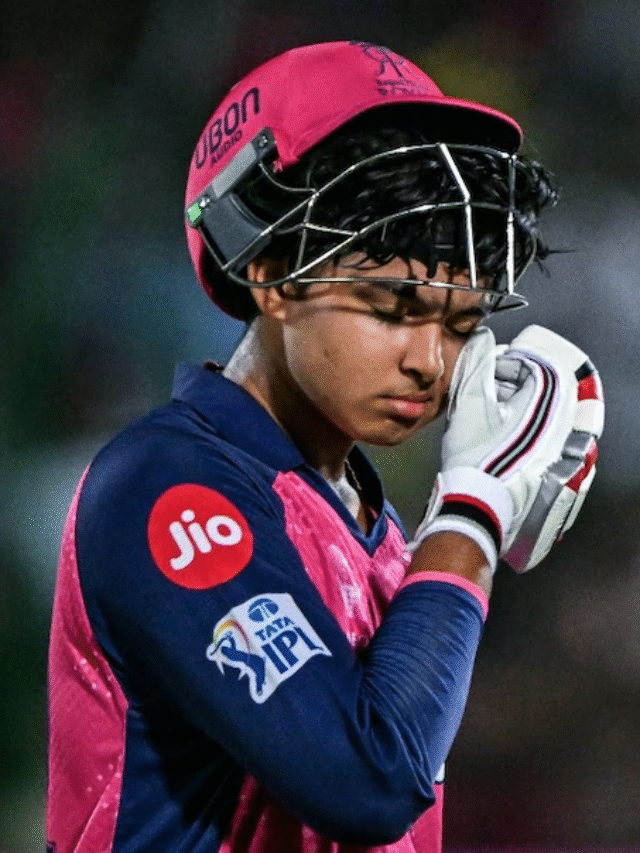Market experts suggest that small and midcap stocks are currently expensive. So, what steps should you take?
CNBC-TV18 spoke with Alekh Yadav, Head of Investment Products at Sanctum Wealth, to delve into small and midcap investing through mutual funds. What mistakes should you avoid, and which funds offer promising wealth creation opportunities if you’re in the market for the long term?
Here are the edited excerpts:
Q: The prevailing market sentiment suggests that large caps are safer. The market is correcting, so avoid overexposing yourself to small and midcaps. The boom post-COVID has passed. Is this sound advice? How crucial are small and midcap stocks and funds in a portfolio?
Yadav: Mid and small-cap stocks are indeed important. Certain sectors are not represented by large caps, and sometimes the market leader is a midcap or small-cap. For example, in auto ancillaries, some companies make specific parts for automobile manufacturers and are mid and smallcaps. If you want exposure to such sectors, you need an allocation to mid and smallcaps. While mid and smallcaps are currently expensive, a smaller allocation still makes sense.
Q: Let’s consider some historical examples. While history doesn’t guarantee future returns, for those planning long-term portfolios who don’t want to frequently move funds, have SMIDs proven effective?
Yadav: Over the last 20 years up to April 2025, midcaps have outperformed large caps and small caps have also outperformed large caps. However, certain periods significantly affect returns. Since March 2020, we’ve seen a strong bull market for mid and small caps, boosting the CAGR. But long-term charts show that from May 2005 to August 2013, large caps outperformed mid and smallcaps. Similarly, during the COVID correction, large caps were better. Currently, mid and smallcaps are outperforming.
Q: Market cycles influence which market capitalisation category performs better. We’ve reviewed data from 2005 to 2009, 2016 to 2020, and now. Can you explain the trends?
Yadav: Generally, mid and smallcaps are higher beta, meaning they perform better in bull markets. During the 2005 to 2008 bull market, mid and smallcaps outperformed, with small caps doing significantly better. During the global financial crisis, large caps fell less than mid and smallcaps. This pattern repeated from 2016 to
From 2016 to 2018, mid and smallcaps thrived, with some mutual funds delivering 100% returns. But from 2018 to March 2020, including during COVID, they underperformed.
Q: Broadly, in bull markets, small and midcaps outperform, while in corrections, large caps do better.
Yadav: Exactly.
Q: From May 2005 to April 2025, midcaps show the most outperformance. Is it fair to say that a decent midcap fund held long-term will be profitable?
Yadav: Until August 2013 and during COVID, large caps outperformed mid and smallcaps. Post-COVID, mid and smallcaps have done better. However, mid and smallcap mutual funds have outperformed their indices, adding some alpha.
Q: Many people attempt to time the market, buying midcap funds in bull markets and selling in bear markets. Since October, this has been challenging. Isn’t this counterintuitive? How should investors manage entry and exit timing in midcap funds?
Yadav: The best approach is to start with a benchmark. For example, India’s total market cap is about 70–75% large cap, 20% midcap, and 5% small cap. This is your starting universe. Depending on your risk profile, allocate accordingly. If you’re young and aggressive, you could allocate 30–40% to mid and smallcaps.
For conservative investors, 10–20% may be appropriate. Currently, an aggressive investor might allocate 30% and a conservative one around 10%. Using such benchmarks prevents over-reliance on cash calls. In 2022, mid and smallcaps corrected 15–20%. Missing the 50–60% rally from 2023 to September 2024 by being underweight would have been a mistake. Hence, using allocation ranges is prudent.
Q: In today’s environment, what should a medium-risk investor with a minimum five-year horizon allocate?
Yadav: As I mentioned, a 20% midcap and 5% smallcap allocation aligns with general market cap weights. This is advisable.
Watch the video for more details






